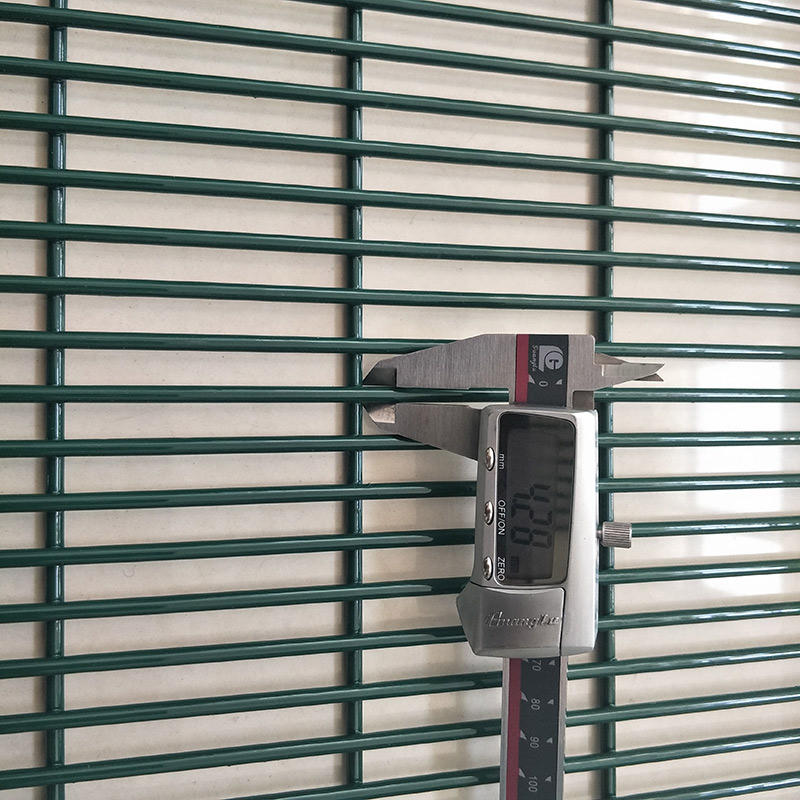nov . 09, 2024 22:18 Back to list
Welded Reinforced Mesh Production Facilities and Their Importance in Construction
Exploring the World of Welded Reinforced Mesh Factories
In the realm of construction and engineering, welded reinforced mesh has emerged as a fundamental component in ensuring the structural integrity and longevity of various projects. With the increasing demands for durable and reliable building materials, the role of welded reinforced mesh factories has become more significant. This article delves into the various aspects of these factories, their production processes, applications, and the innovations driving the industry.
What is Welded Reinforced Mesh?
Welded reinforced mesh is a grid-like structure made from steel wires that are welded together at intersections. It is primarily used to reinforce concrete, providing strength and stability to structures like slabs, walls, and foundations. The mesh is designated in various sizes and configurations, catering to different specifications across a range of applications. By distributing loads evenly, it enhances the tensile strength of concrete, which is naturally strong in compression but weak in tension.
The Production Process
The production of welded reinforced mesh typically involves several key stages
1. Material Selection The process begins with selecting high-quality steel wires, which are essential for ensuring the mesh's strength and durability. These wires are evaluated based on their tensile strength, ductility, and resistance to corrosion.
2. Wire Preparation The selected wires undergo preparation, which may involve cutting them to specific lengths and treating them to prevent rust and other forms of deterioration. Surface treatments can include galvanization or epoxy coating for added protection.
3. Welding This is the core phase of production, where the horizontal and vertical wires are arranged in a grid pattern and welded together at their intersections using resistance welding technology. This technique ensures the joints are strong and reliable, capable of withstanding significant physical stresses.
4. Quality Control Following the welding process, the mesh is subjected to rigorous quality control tests. These assessments check for dimensional accuracy, weld integrity, and overall compliance with industry standards.
5. Cutting and Packaging Once approved, the welded mesh is cut to specified sizes and packaged for distribution. Factories ensure that the mesh is delivered in secure bundles to prevent damage during transit.
welded reinforced mesh factories

Applications of Welded Reinforced Mesh
Welded reinforced mesh has a broad spectrum of applications across various sectors
- Construction It is primarily used in building floors, walls, and pavements, providing essential reinforcement in concrete structures.
- Infrastructure In highways, bridges, and tunnels, welded mesh enhances durability under traffic loads and environmental conditions.
- Industrial Factories and warehouses utilize the mesh for flooring systems that require extra strength to support heavy machinery and storage.
- Residential Home construction increasingly incorporates welded mesh in foundations and driveways to improve performance and longevity.
Innovations in the Industry
As technology advances, welded reinforced mesh factories are experiencing significant innovations. The introduction of automated machinery has increased production efficiency and consistency, while advancements in welding techniques have improved the quality of the joints. Additionally, the focus on sustainability is rising; many factories are now exploring eco-friendly practices and materials, such as recycled steel, to reduce their environmental footprint.
Another exciting development is the integration of smart technologies within these factories. The use of sensors and IoT devices allows for real-time monitoring of production lines, enhancing operational efficiency and reducing waste.
Conclusion
Welded reinforced mesh factories play a pivotal role in modern construction and engineering. As the demands for stronger and more durable materials grow, these factories continue to evolve, driven by technological advancements and innovative practices. Their contributions are critical in building the infrastructure that supports our daily lives, ensuring safety and resilience in the built environment. As the industry progresses, the importance of welded reinforced mesh will only continue to rise, reflecting its essential place in the future of construction.
-
Heavy-Duty Welded Wire Mesh for Industrial Factories
NewsAug.04,2025
-
Chain Link Fence - Anping County Puersen | Durable, Versatile, Reliable
NewsAug.03,2025
-
Chain Link Fence: Durable, Versatile, and Reliable Fencing Solution|Galvanized Steel Fence Manufacturers
NewsAug.03,2025
-
Chain Link Fence-Galvanized Steel Fence Factory|Durable, Versatile, Cost-Effective
NewsAug.03,2025
-
Heavy-Duty Welded Wire Mesh for Industrial Factories
NewsAug.03,2025
-
Galvanized Steel Fence-Anping Puersen|Durable,Flexible
NewsAug.02,2025

